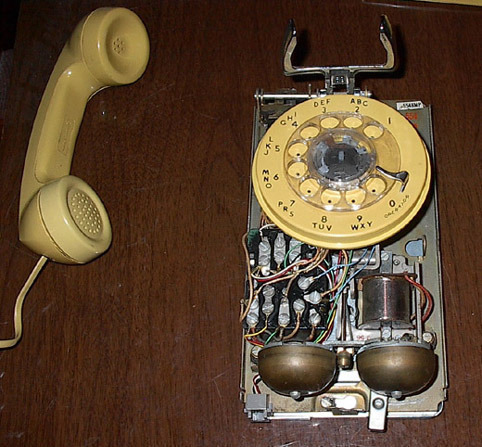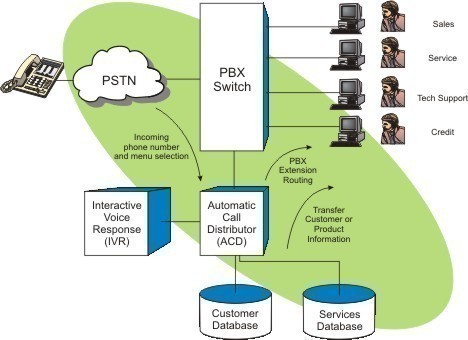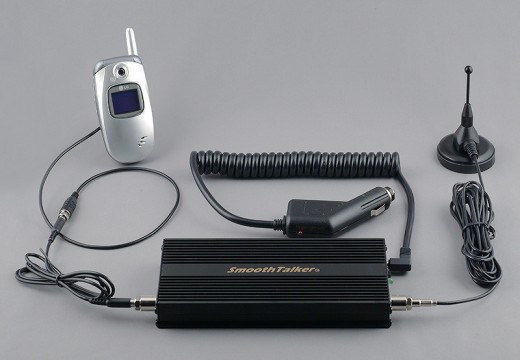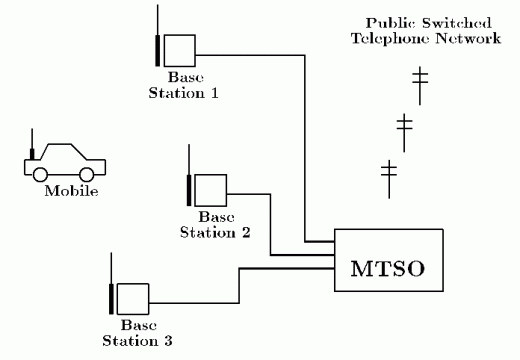Phone phreaking is the act of gaining illegal access to resources of telecom networks for fun or malicious activity. Before computer hacking took over, phreaking was the dominant underground tech activity. Some phone phreakers just wanted to understand how telecom infrastructure worked. Others wanted to make free long distance phone calls. As voice and data networks continue to merge, phone phreaking represents a much more dangerous threat as phreakers can gain back door access to corporate networks through unsecured modems and steal data, launch attacks and generally wreak havoc on an enterprise.
Early phreaks learned to take control of phone systems that worked on SF, or Single Frequency controls by using a recorded whistle of a particular frequency (2600 Hz). One could produce a long whistle to reset the line and then dial with groups of whistles (a short one for a "1", two short ones for a "2", etc.). While single frequency tones worked on certain phone routes, the most common signaling on the then long distance network used Multi-Frequency tones. The actual frequencies of the tones were unknown until 1964, when the Bell System itself released them in one of their journals. With that one article, the Bell System accidentally exposed the vulnerability in its system and its entire network was at the disposal of anyone with a cursory knowledge of electronics.

Phreaks soon started building devices which could produce these 'master tones' and thus allowed them to explore the side of the network that were not available to the general subscriber base. These devices became known as blue boxes. Next came the red box which tricked the phone station into believing that a coin had been dropped into a pay-phone when actually none had been fed. This was done by replacing the 3.579545 MHz crystal in the dialer with a 6.5536 MHz crystal which reproduced the sound of coins dropping in the payphone slot. Using these methods phone phreaks routinely organized 'conferences' which had people from distant regions chatting simultaneously on stolen network resources.
With the advent of PC's the popularity of Bulletin Board Systems rose rapidly. These often became the testing grounds for new techniques and ideas and led to a greater collaboration between phone phreaks. Other techniques like war dialing (wherein many telephone numbers are randomly dialed to find out where computers are available and then attempting to access them by guessing passwords) also came into existence.
Modern phreaking often involves taking advantage of companies' Private Branch Exchange systems, especially those which are accessible via toll-free numbers, to make phone calls. Another target for phreaks are the country direct toll-free numbers. These are telephone numbers in one country which connect to a number in another country, often used to enable people to speak to an operator in their home country (and language), but also used by larger corporations and government organizations. Such systems are often used by phreaks, enabling easy collaboration between people from different countries (e.g. via voice mail systems), often allowing access to toll-free numbers in other countries (e.g. via PBX features) and thus a range of opportunities for new systems to abuse, occasionally allowing blue-boxing if they connect to a country with older switching gear. Phreaks have also taken a new interest in development of VoIP services and open source PBX's like Asterisk that interface with VoIP protocols, as well as the VXML language.




Follow Us!